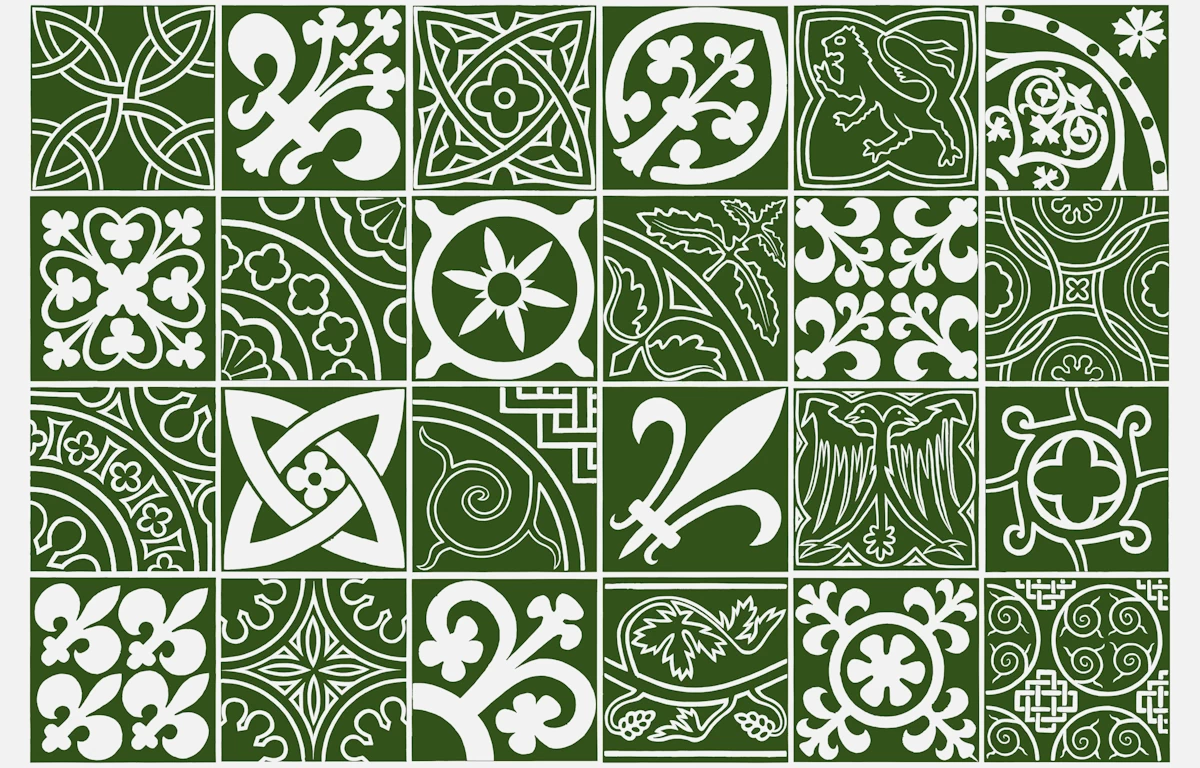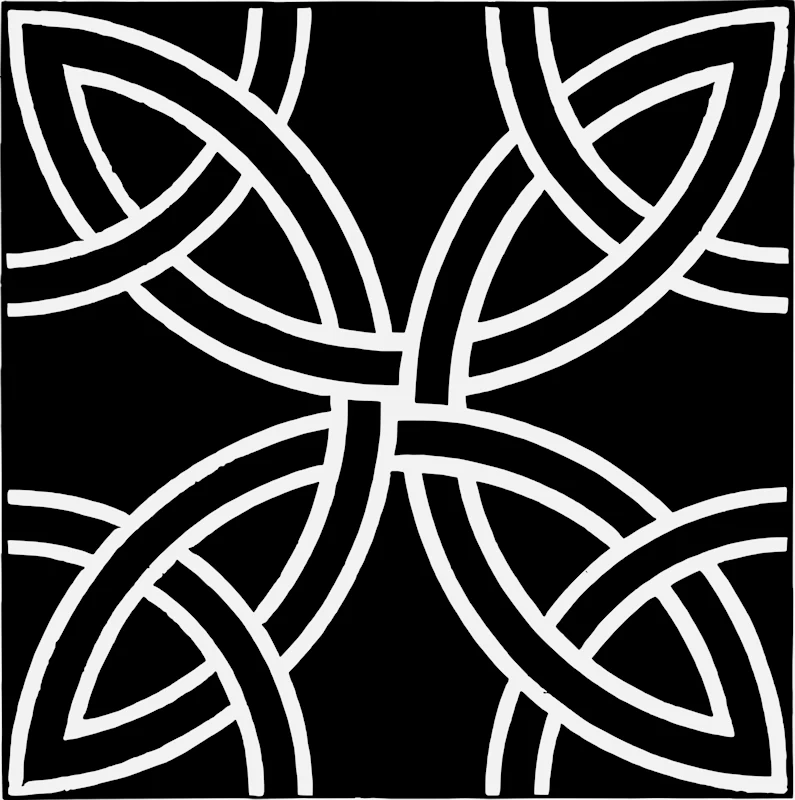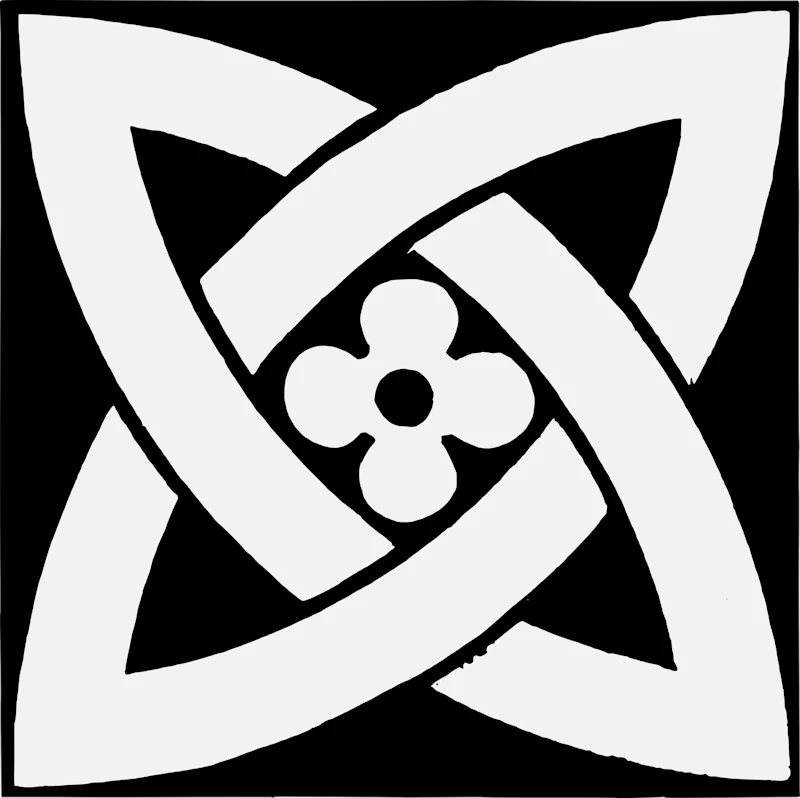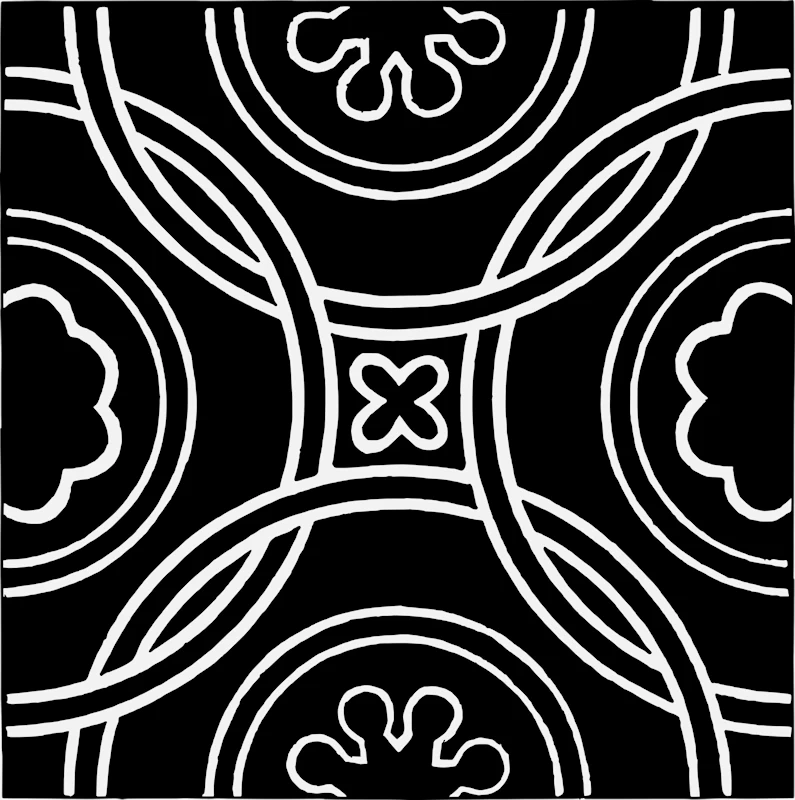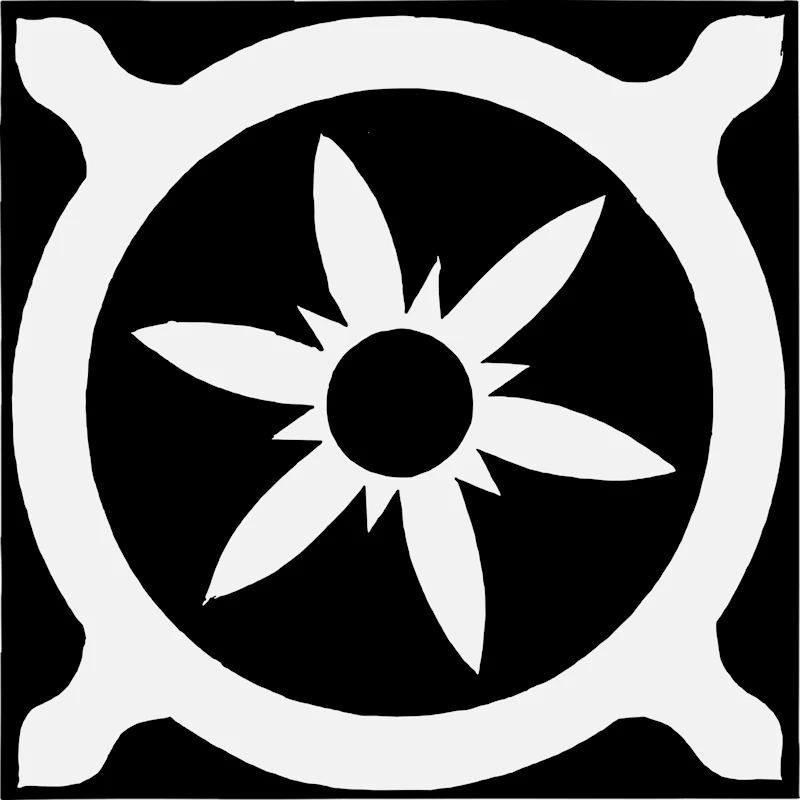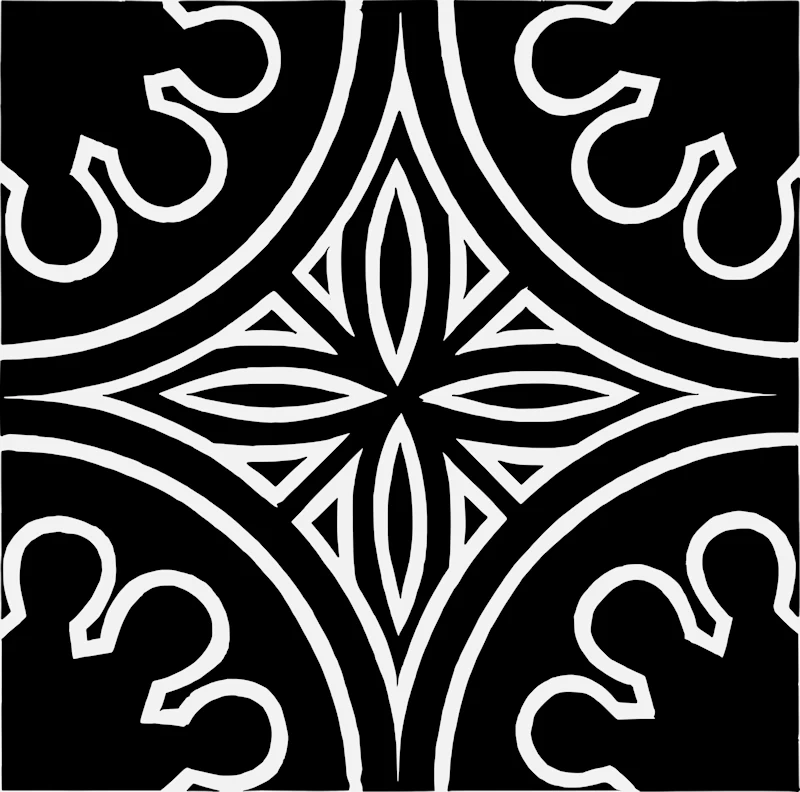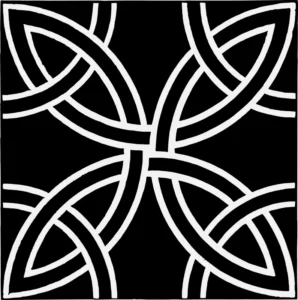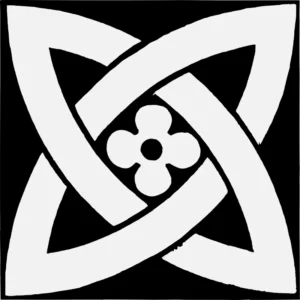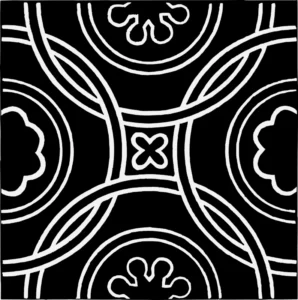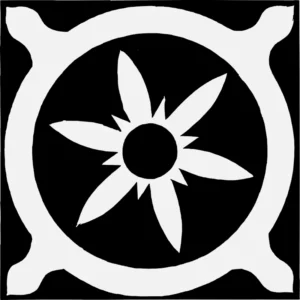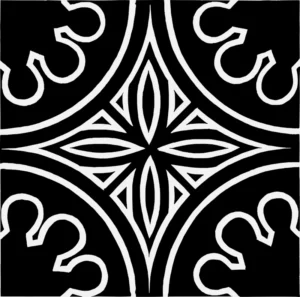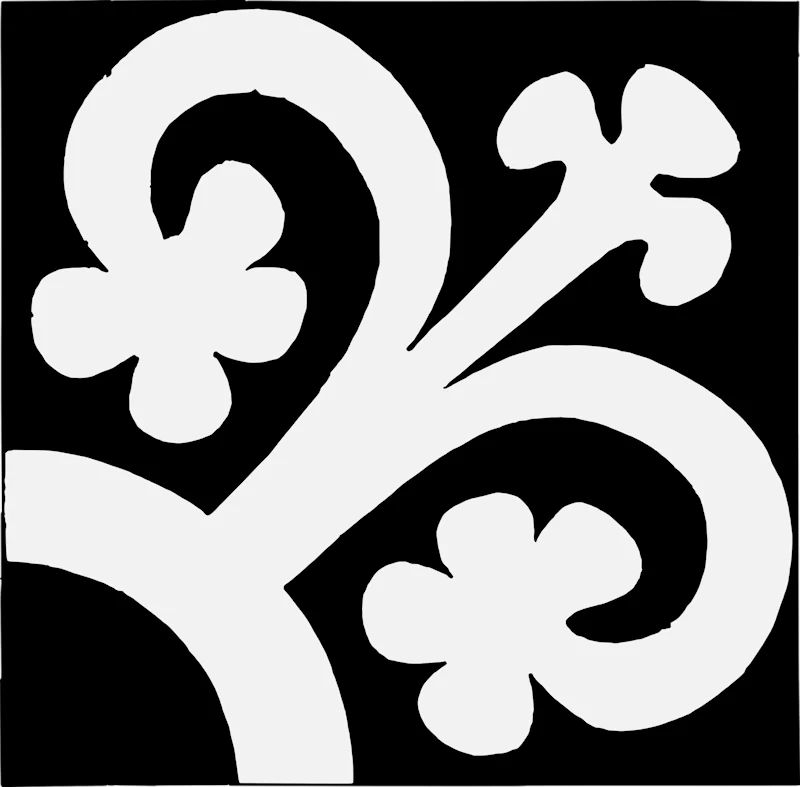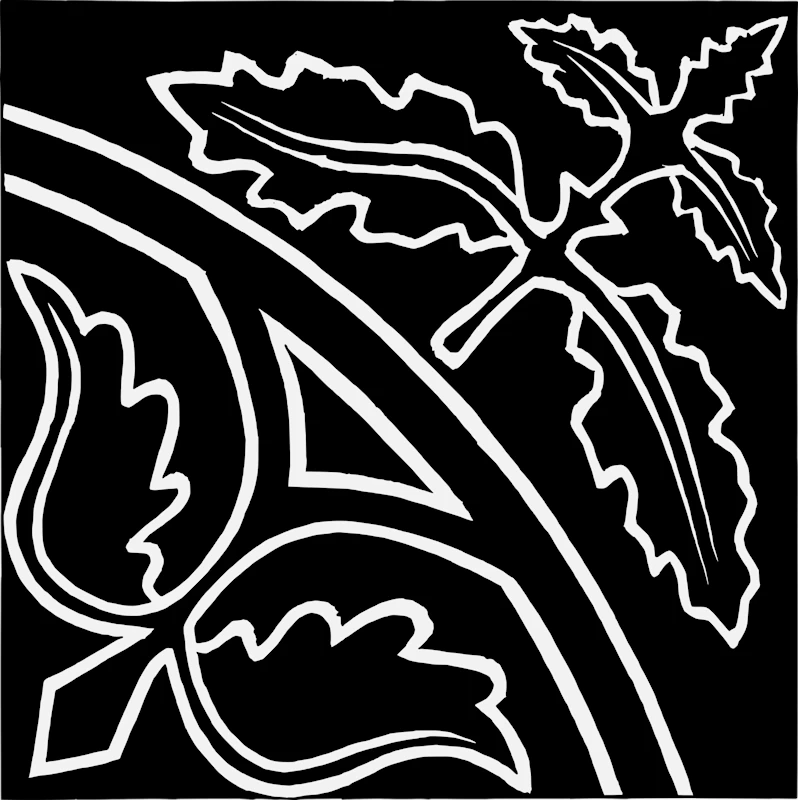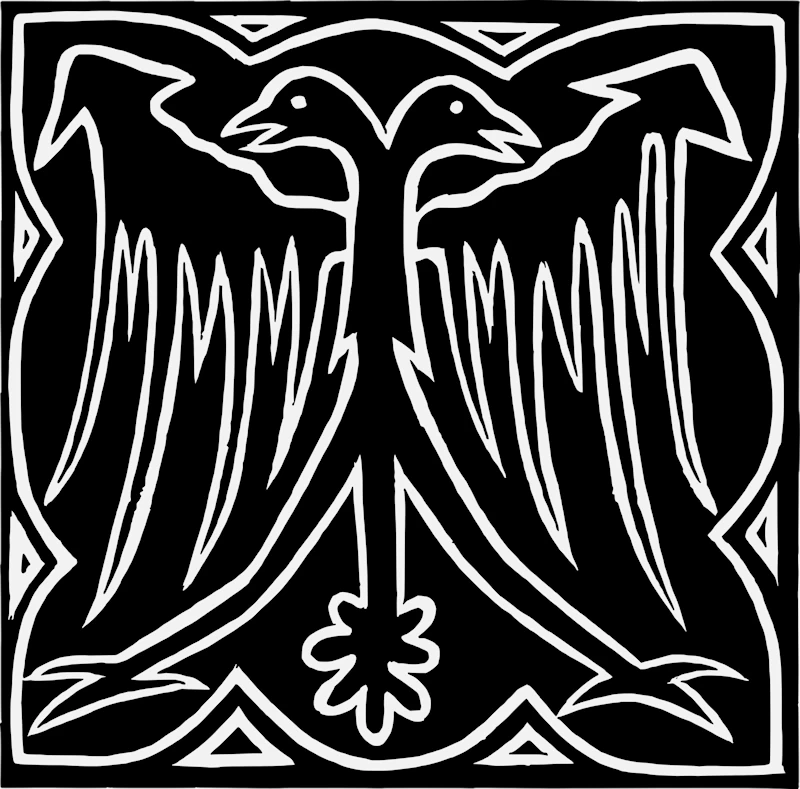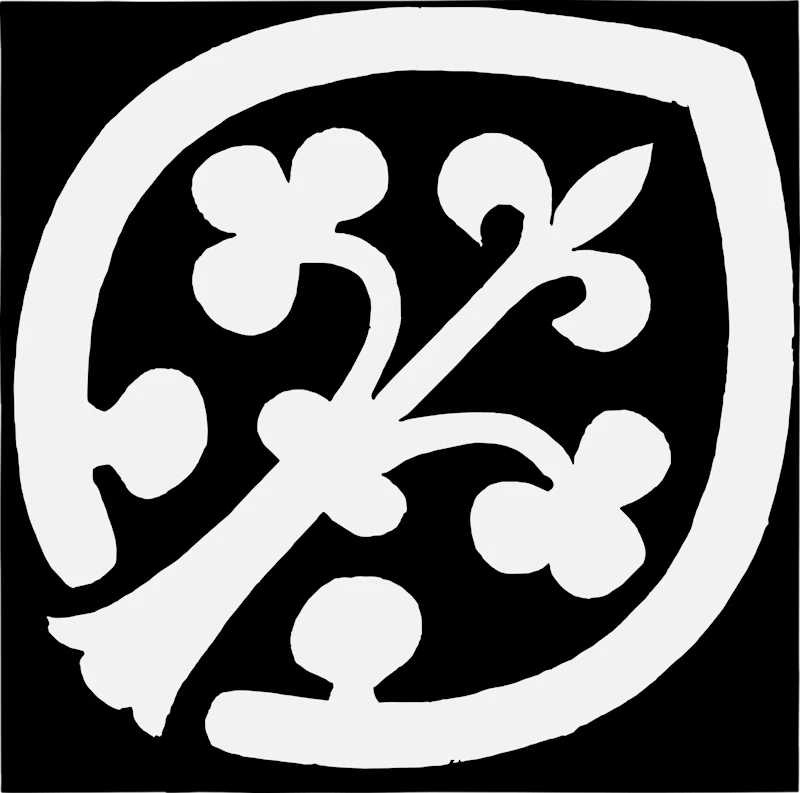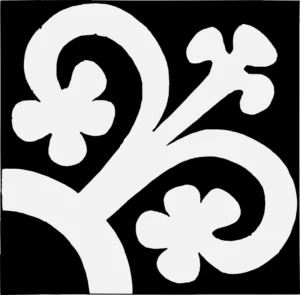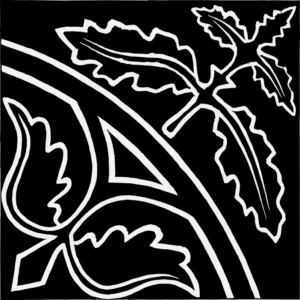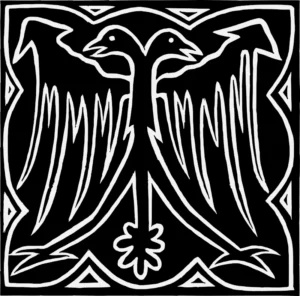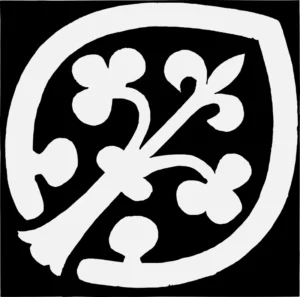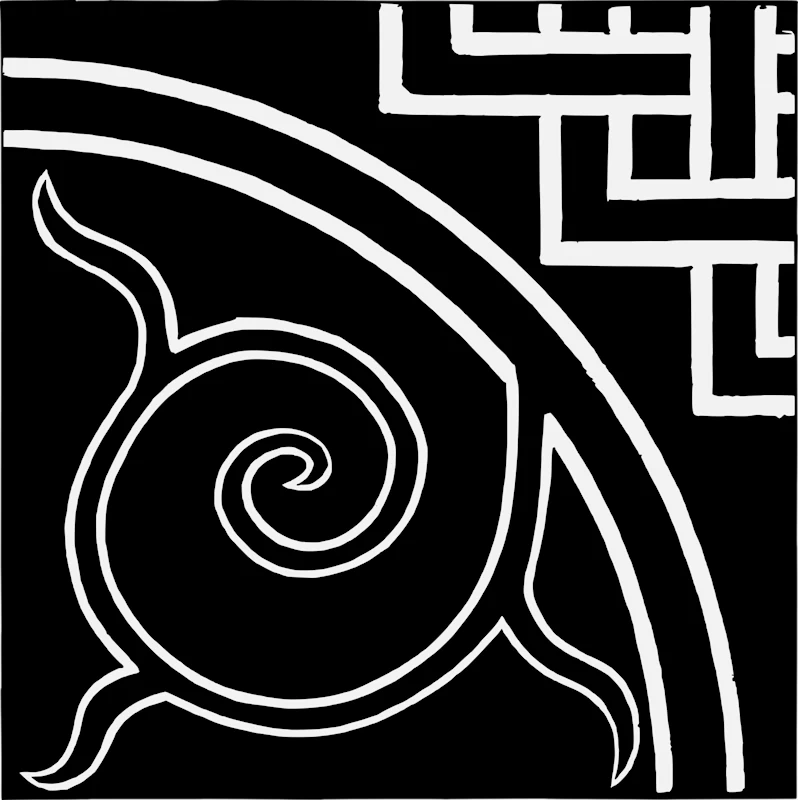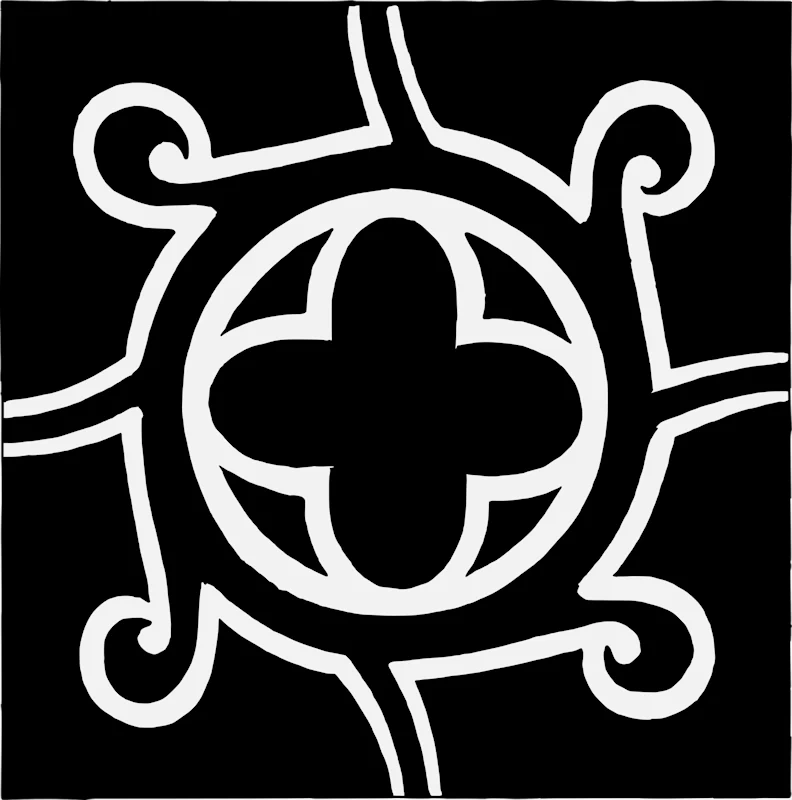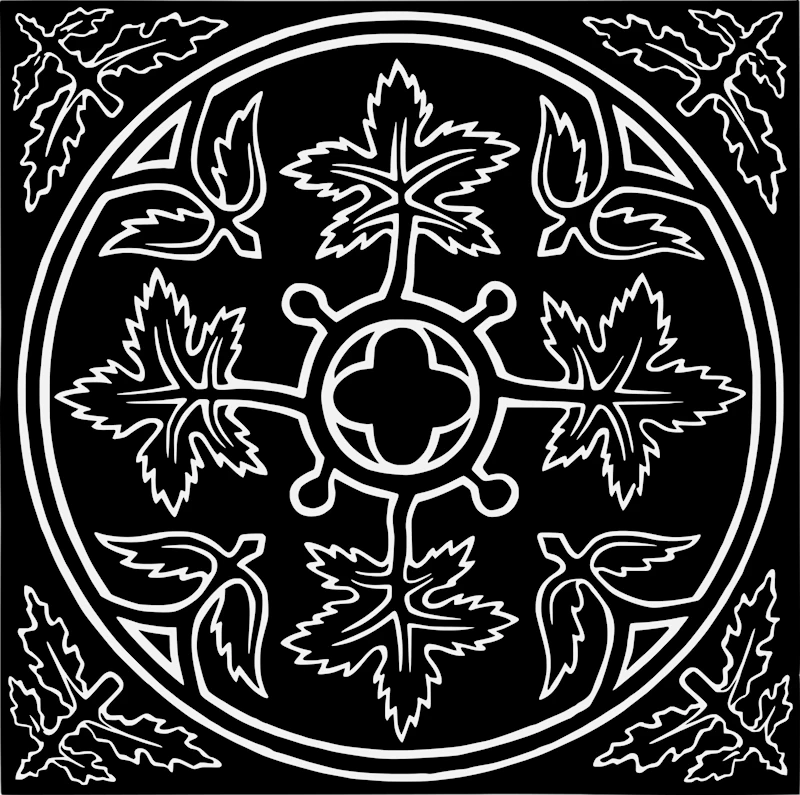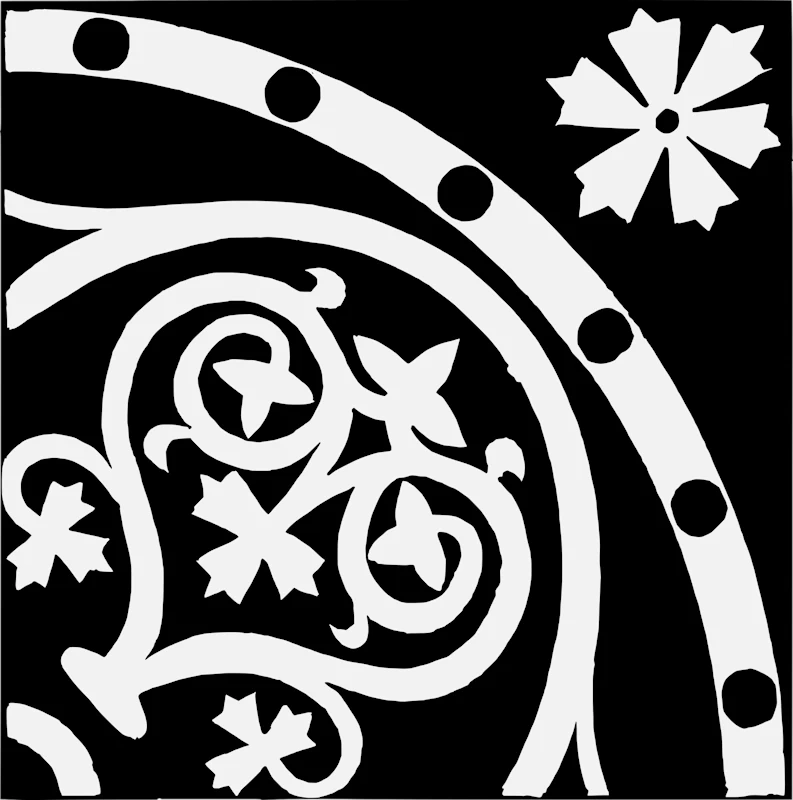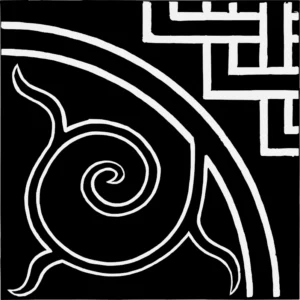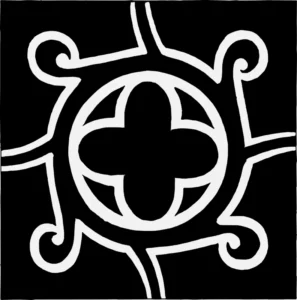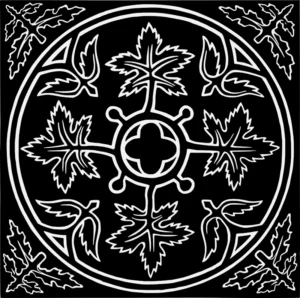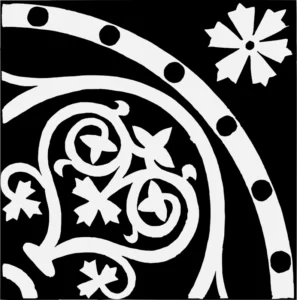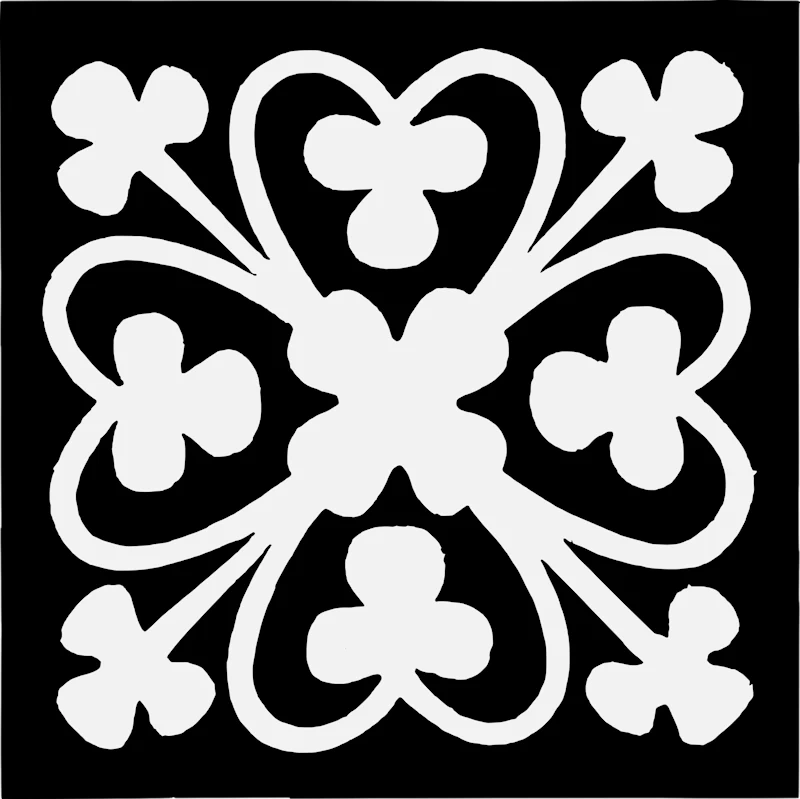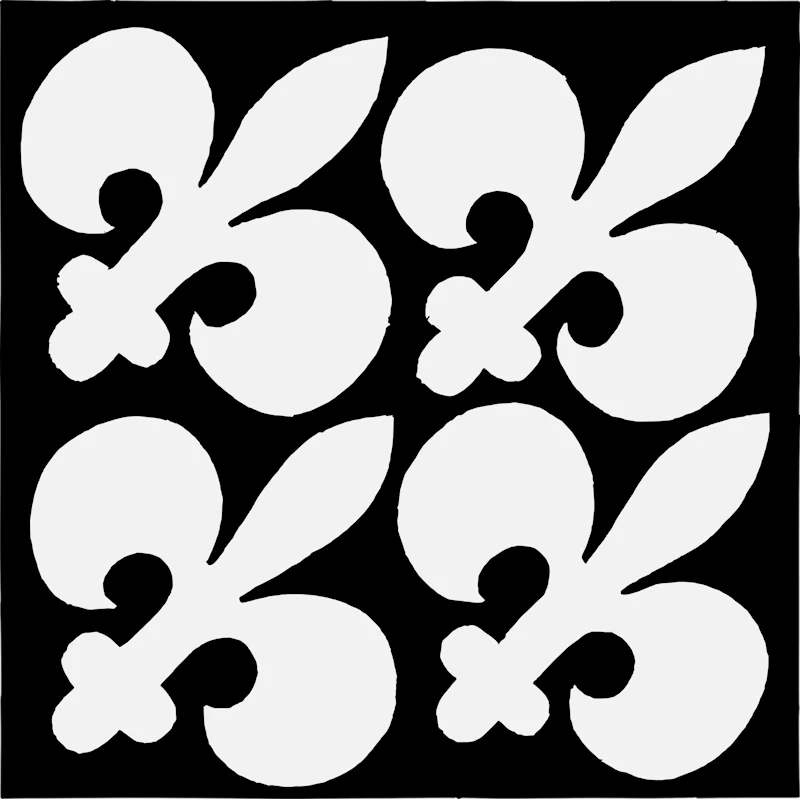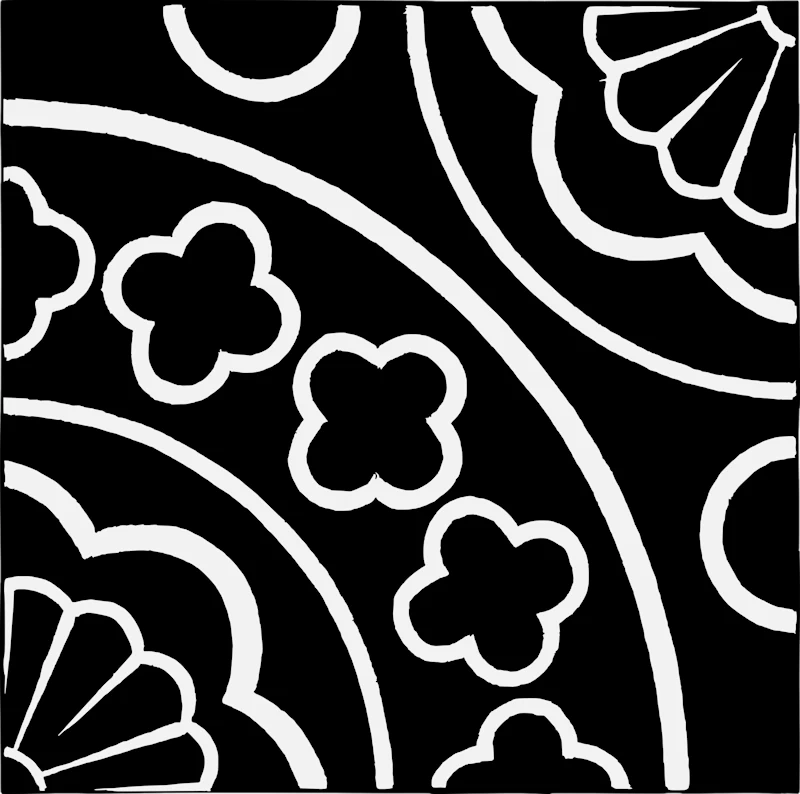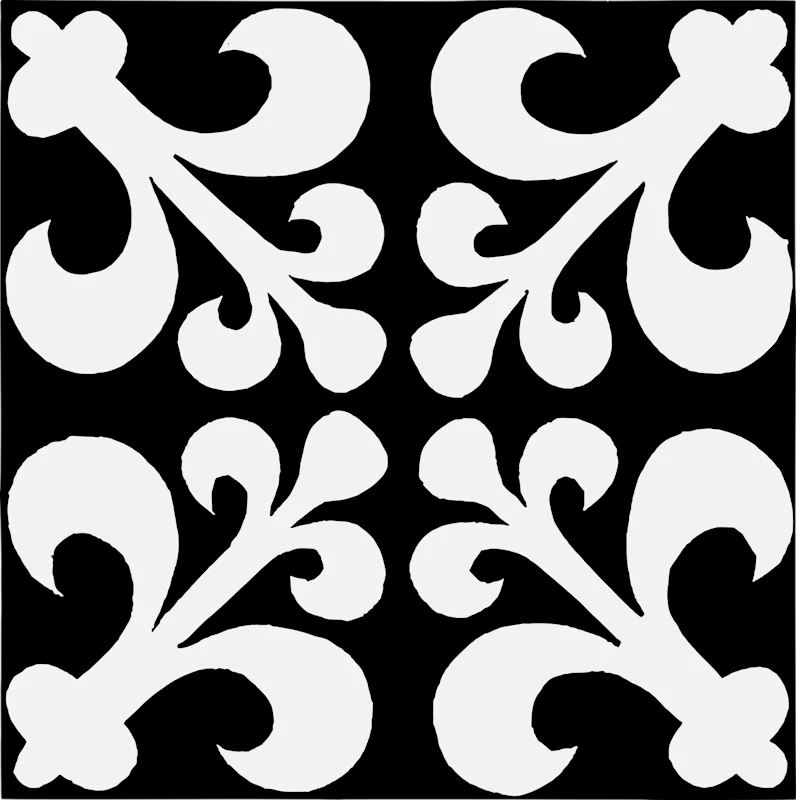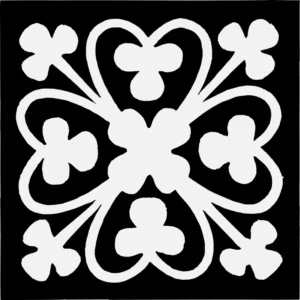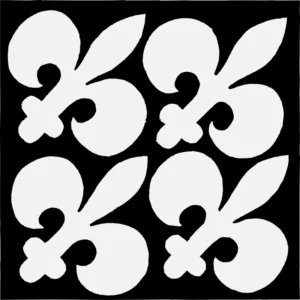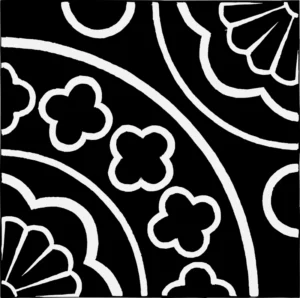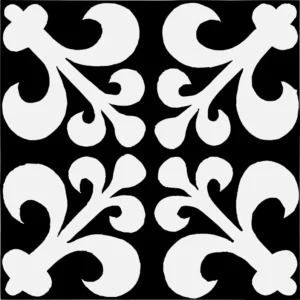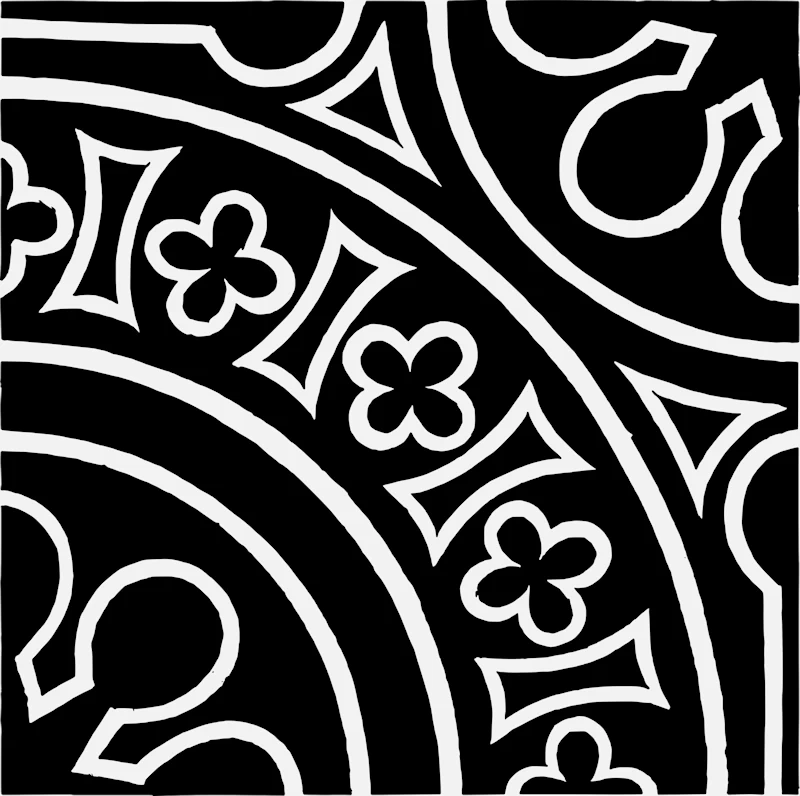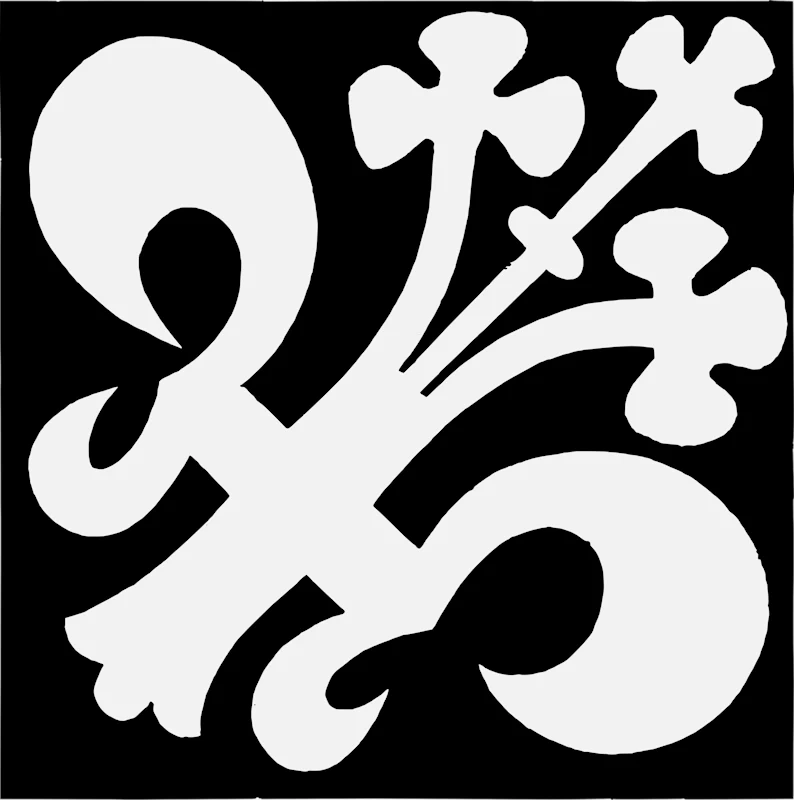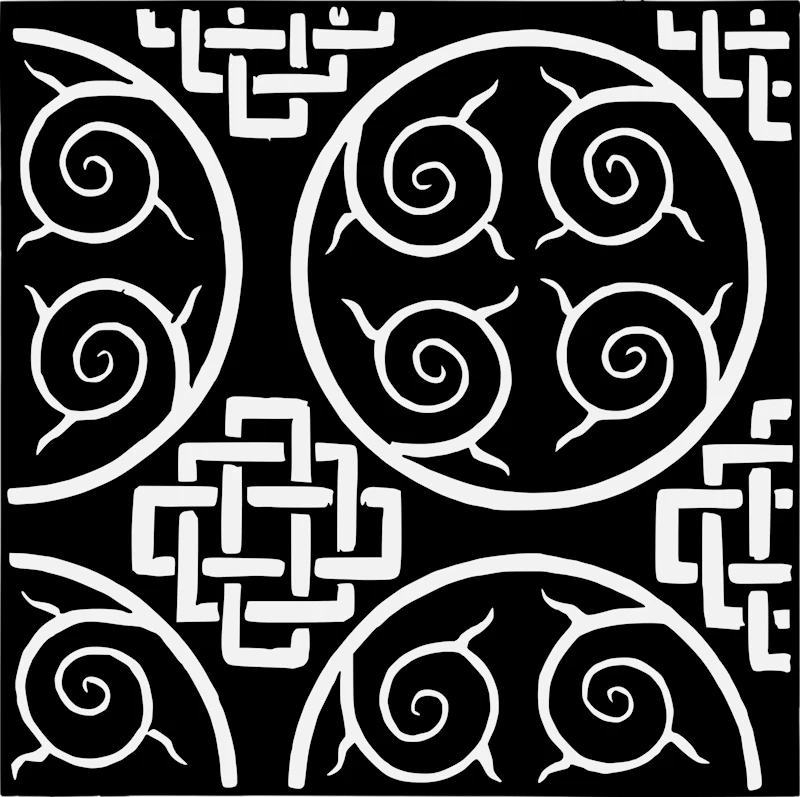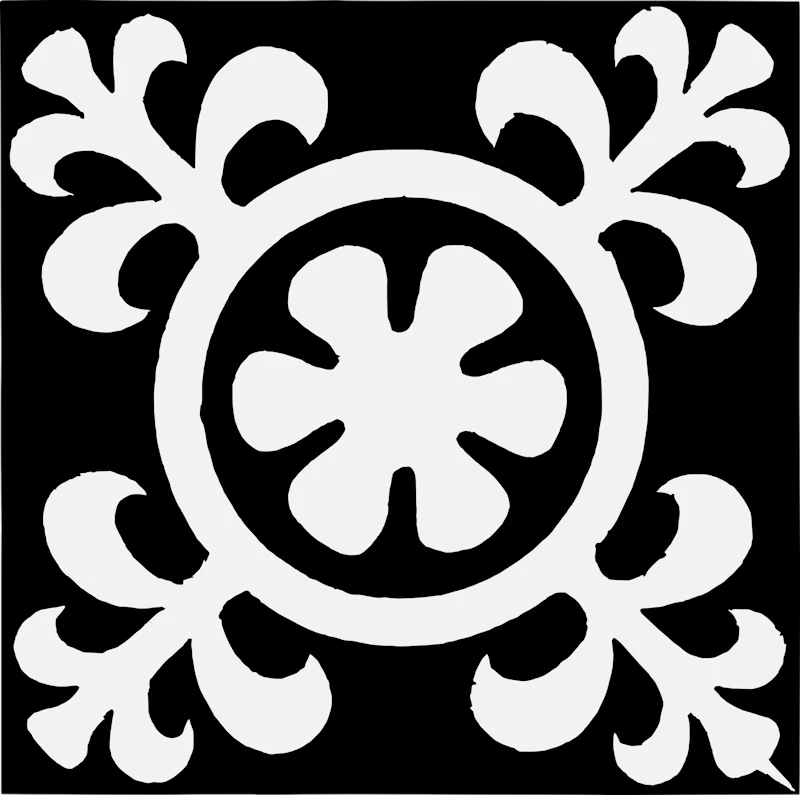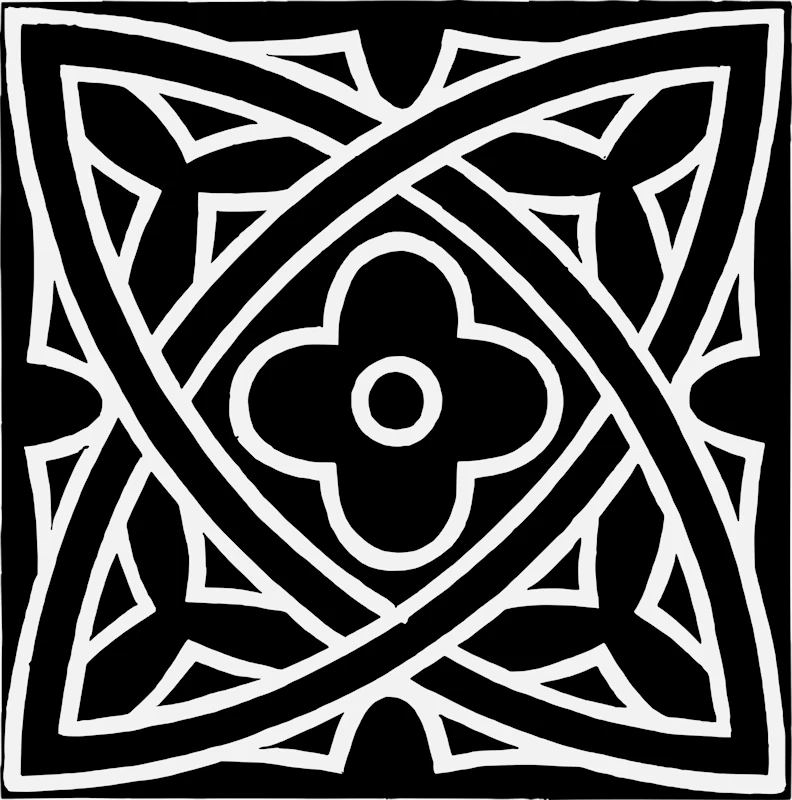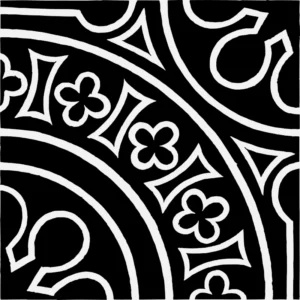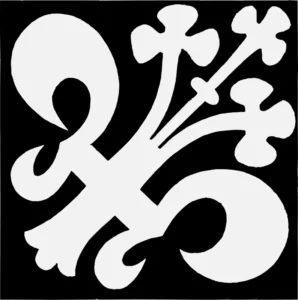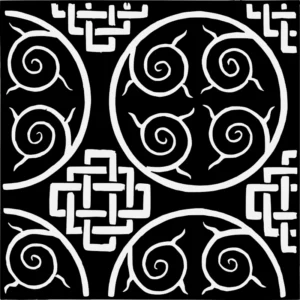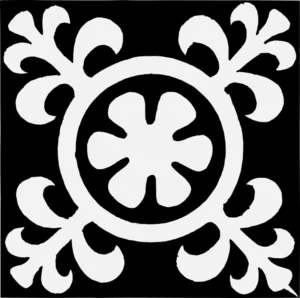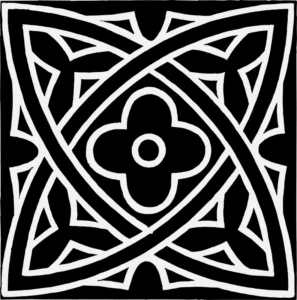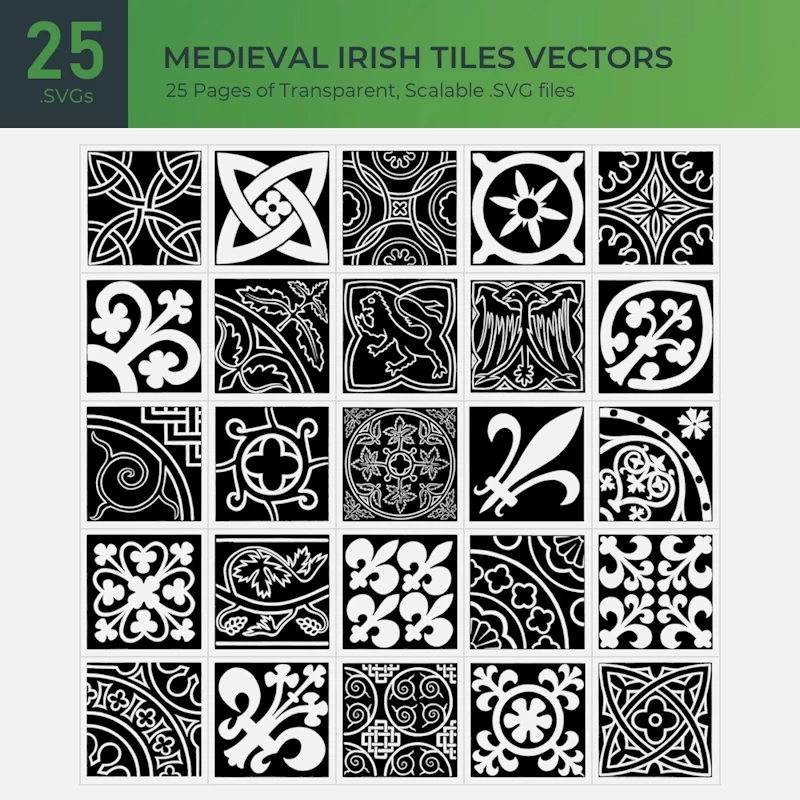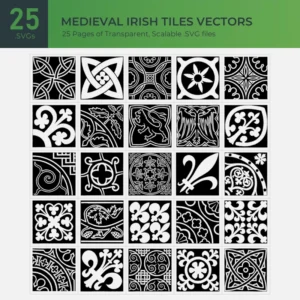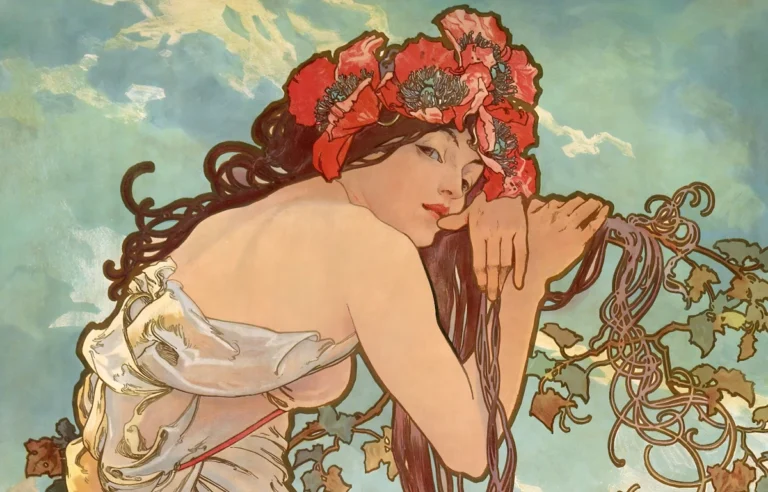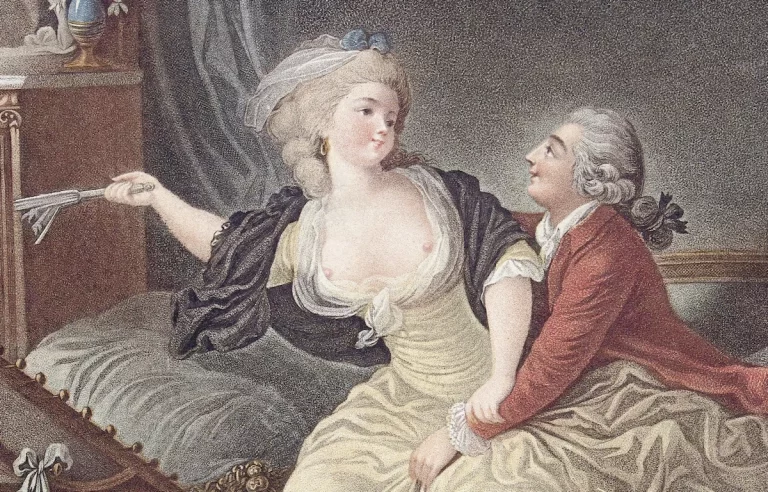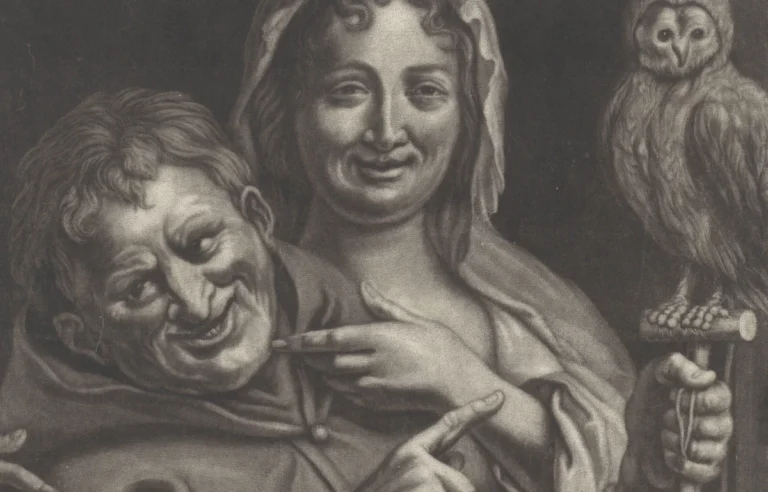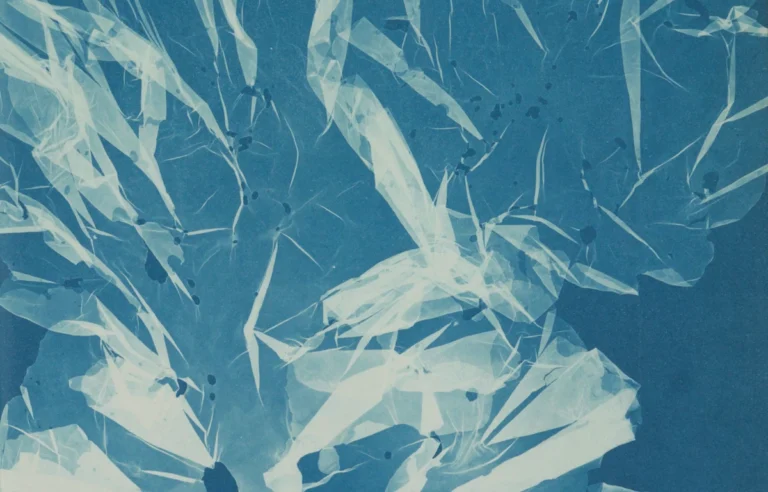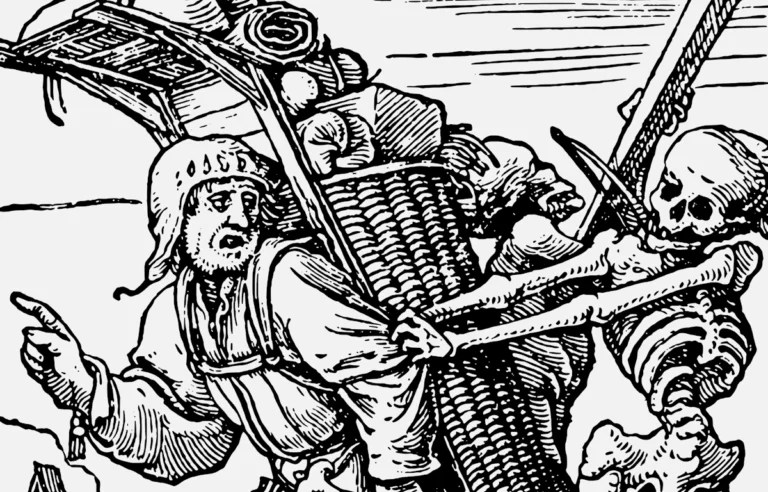Medieval Irish Tiles: A Journey Through Craftsmanship and History
Imagine stepping into a grand cathedral or an ancient castle in Ireland. The towering walls reach high above your head, casting long shadows across the floor. But look down! Beneath your feet, there’s a story unfolding. It’s written not in books, but in the tiles beneath you—tiles that are more than just decoration. These medieval Irish tiles are tiny pieces of history, a glimpse into Ireland’s past. They aren’t just there to be walked on; they’re a testament to the craftsmanship and artistry of the builders who made them. Join me as we journey back in time and uncover the secrets hidden in these medieval masterpieces.
Three Time Periods of Medieval Irish Tiles
When talking about medieval Irish tiles, historians break them down into three major periods: the Romanesque (around 1000-1200 AD), the Gothic (1200-1600 AD), and the Renaissance (1400-1600 AD). Each era left its own unique stamp on Irish architecture, and you can see this evolution in the tiles that have survived over the centuries.
But these time periods aren’t just dates on a timeline—they’re snapshots of how Ireland’s culture and craftsmanship evolved. Tiles were more than just floor coverings. They were reflections of the style, beliefs, and technological advancements of each era. Let’s explore the journey these tiles took across these three distinct periods.
Romanesque Period (1000-1200 AD)
The Romanesque period was all about simplicity and strength. Think of thick, fortress-like walls, rounded arches, and buildings that seemed ready to withstand any siege. The tiles from this time matched the architecture—plain, sturdy, and practical. Most of them were made from unglazed terracotta, which is really just baked clay. These tiles were built to last, handling the constant wear and tear of countless feet crossing over them.
The designs were simple too—usually geometric patterns or basic shapes pressed into the wet clay before it was fired. These tiles didn’t need to be fancy; they were there to serve a purpose. Yet, their simplicity also carried a certain beauty. Romanesque tiles might not jump out at you with vibrant colors or intricate details, but they offer a glimpse into a time when durability and function reigned supreme.
An additional fact about this period is that many of the tiles were mass-produced in molds, a technique that allowed for the rapid creation of uniform designs. This was practical for covering large spaces, such as cathedral floors, without the need for individually handcrafted tiles.
Gothic Period (1200-1600 AD)
Now, things start to get more interesting as we fast-forward to the Gothic period. If Romanesque architecture was heavy and grounded, Gothic architecture was all about height and grace. Tall, pointed arches and elaborate stone carvings filled the cathedrals and castles of the time. Naturally, the tiles followed suit, becoming much more decorative and intricate.
Gone were the days of plain, unglazed terracotta. Instead, tiles during the Gothic period featured complex geometric designs, animals, and even Latin phrases like “In Deo Confido” (“I trust in God”). The tiles were often arranged in patterns that created entire scenes or conveyed messages. They weren’t just functional—they were meant to be admired.
One new technique during this time was the use of stamped patterns, where craftsmen would press detailed designs into the clay before firing the tiles. This allowed for more consistent, beautiful artwork across larger surfaces. The tiles were often used in key areas of churches and castles, serving as both a display of wealth and a form of storytelling.
Renaissance Period (1400-1600 AD)
The Renaissance marked a period of rebirth and renewed interest in classical art and culture. It’s no surprise that this era brought about significant changes in tile-making. This was when glazed tiles truly came into fashion. Glazing involved applying a glass-like coating to the surface of a tile before it was fired, giving it a smooth, shiny finish.
These Renaissance tiles weren’t just beautiful—they were practical. The glaze made the tiles easier to clean and more resistant to damage, making them a perfect fit for the fancier buildings of the time. Brightly colored and often featuring intricate designs, Renaissance tiles reflected the artistic growth of the era.
A notable change during this time was the introduction of tiles decorated with detailed floral motifs, often inspired by the natural world. These designs were not just for aesthetic purposes; they symbolized the rebirth and revitalization of art and culture that defined the Renaissance period.
The Art of Making Tiles
So, how exactly did medieval craftsmen create these stunning tiles? It all started with clay, and luckily for the tile-makers of Ireland, the west coast had plenty of it. The clay would be dug up and shaped into tiles while it was still soft. Craftsmen would then press patterns into the wet clay, using stamps, molds, or even hand-carved designs. After the designs were set, the tiles were left to dry before being fired in a kiln—a furnace that could reach temperatures over 1,000°C (1,830°F). This high heat made the tiles strong enough to last for centuries.
In the early days, most tiles were unglazed and had a natural reddish-brown color. But as tile-making evolved, so did the techniques. Craftsmen started using glazes, which not only made the tiles more durable but also added color and vibrancy to their designs. By the Renaissance, tiles were becoming more than just practical—they were becoming true works of art.
A key innovation in tile-making was the introduction of lead glazes, which gave the tiles their shiny surface and allowed for a wider variety of colors. This advancement in technology helped elevate tile-making from a craft to an art form.
Tiles in Famous Irish Buildings
Now that we’ve looked at how these tiles were made, let’s talk about where you can still find them. Medieval Irish tiles didn’t just adorn grand cathedrals and castles—they were everywhere. However, a few buildings stand out for their exceptional tile work.
St. Patrick’s Cathedral, Dublin
One of the most famous places to find medieval Irish tiles is St. Patrick’s Cathedral in Dublin. As you wander through this historic church, it’s like walking through a timeline of Irish tile-making. From the simple Romanesque tiles to the elaborate Gothic designs, you can see centuries of craftsmanship right beneath your feet.
But what makes St. Patrick’s truly special is the diversity of its tile work. Some of the tiles feature religious symbols, while others display geometric patterns and even scenes from everyday life. It’s a living museum of medieval art that you can literally walk on!
Christ Church Cathedral, Dublin
Christ Church Cathedral, also in Dublin, is another treasure trove of medieval tile art. The Gothic tiles in Christ Church are particularly stunning, with intricate patterns and vibrant colors that have survived for centuries.
Many of the tiles in Christ Church were restored in the 19th century, ensuring that future generations could enjoy this beautiful artwork. The restoration work paid close attention to preserving the original designs and colors, giving modern visitors a chance to see these tiles as they would have looked in medieval times.
Kilkenny Castle
Kilkenny Castle, built in the 12th century, is another site where tiles played a significant role. The floors were once covered in beautifully crafted tiles that helped protect the castle’s floors while also adding a decorative touch. The geometric shapes and patterns of the tiles reflect the changing styles of the time, making Kilkenny Castle a must-see for anyone interested in medieval tile-making.
In addition to these grand sites, tiles from Kilkenny were also found in smaller, more private chambers, suggesting that even the more humble parts of the castle were treated with artistic care.
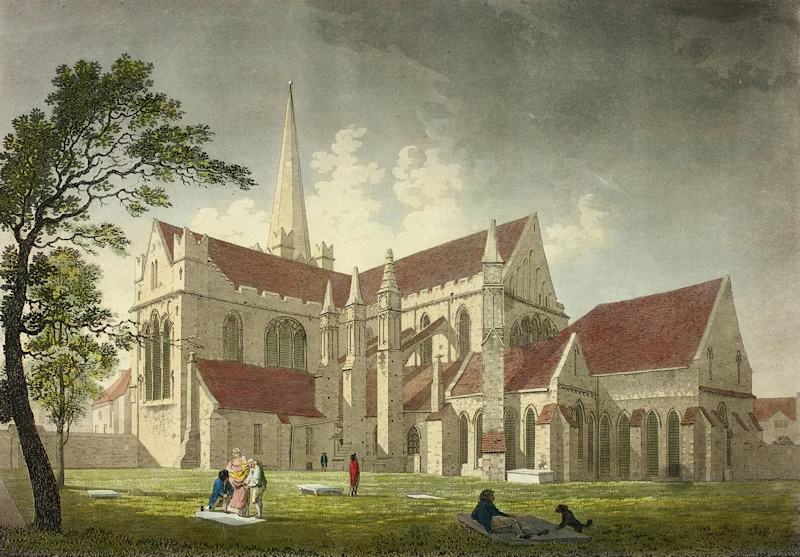
James Malton (1793)
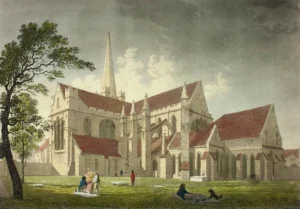
James Malton (1793)
Tiles and Everyday Life
While we often think of medieval tiles as a luxury reserved for the rich and powerful, they played an important role in everyday life as well. In churches, tiles were often decorated with religious symbols and phrases, helping to create a sacred atmosphere. In castles, tiles were a status symbol, showcasing the wealth and influence of the people who lived there.
But tiles also found their way into more humble homes. Tiled floors were easier to clean than dirt or wooden floors, and they helped improve hygiene—an important consideration in medieval life. Even the simplest tile design was a reflection of the craftsmanship and care that went into creating these essential building materials.
In some instances, tiles in homes were handed down through generations, becoming family heirlooms that connected people to their ancestors and the past.
A Legacy of Art and Culture
The legacy of medieval Irish tiles is still alive today. Though many tiles have been lost over the centuries, countless others have been carefully preserved in museums and historical sites. These tiles offer us a direct link to the past, showing us how people lived, worked, and expressed their creativity.
Each tile tells a story, whether it’s through a simple geometric design or an intricate scene featuring animals, religious figures, or Latin phrases. They remind us that art and craftsmanship have always been a part of human life, and they give us a glimpse into the world of medieval Ireland.
Tiles were more than just decorative—they were a means of communication, often used to convey messages about faith, power, and culture. Their designs and symbols were a visual language that connected the people of medieval Ireland to the broader European world.
Preserving the Past for Future Generations
If you’ve become fascinated by medieval Irish tiles and want to see them up close, you’re in luck. Many historical sites in Ireland have been preserved, allowing visitors to step back in time and experience the beauty of these tiles firsthand. St. Patrick’s Cathedral, Christ Church Cathedral, and Kilkenny Castle are just a few places where you can walk on the same tiles that people walked on hundreds of years ago.
These sites offer more than just a peek into the past—they also serve as a reminder of the importance of preserving our cultural heritage. Without the careful work of historians, archaeologists, and conservators, many of these tiles would have been lost to time. Today, thanks to their efforts, we can still admire the artistry and craftsmanship of medieval Irish tile-makers.
So, the next time you find yourself in a cathedral or castle, take a moment to look down. Beneath your feet lies a piece of history—one that tells the story of medieval Ireland, its people, and their enduring legacy of art and culture.
More Than Just Tiles
Medieval Irish tiles are more than just floor coverings—they’re a reflection of the craftsmanship, culture, and history of Ireland. From the simple, sturdy tiles of the Romanesque period to the intricate, glazed tiles of the Renaissance, these small pieces of clay tell a big story. Whether you’re walking through a grand cathedral or exploring the halls of a castle, medieval Irish tiles offer a glimpse into a world long past but never forgotten.


